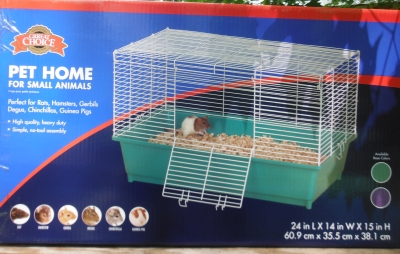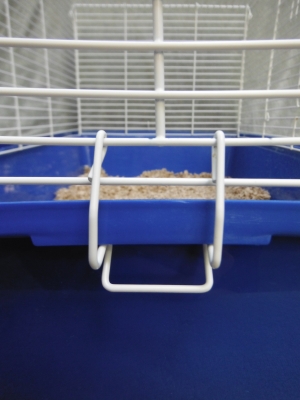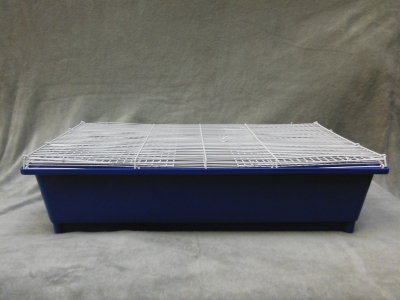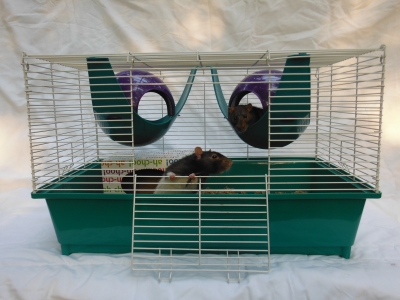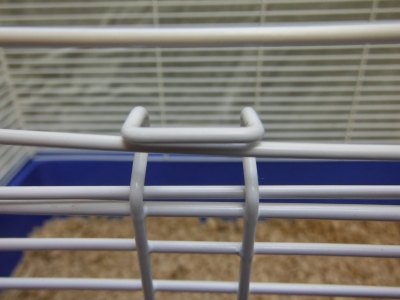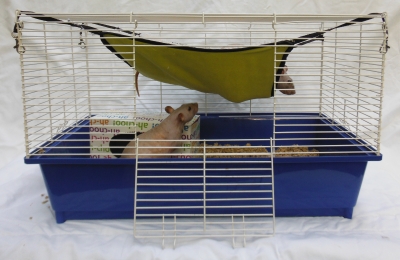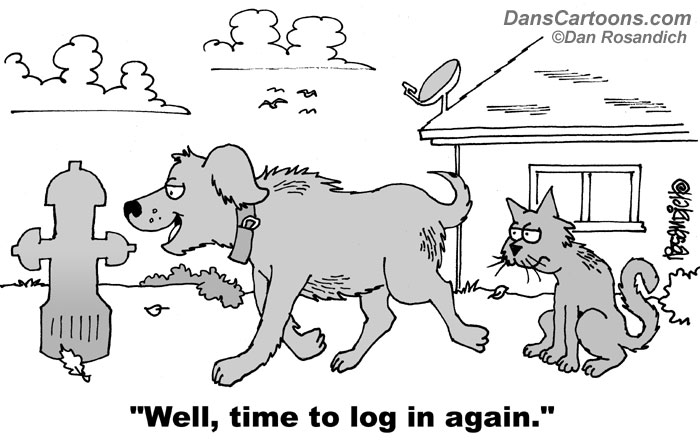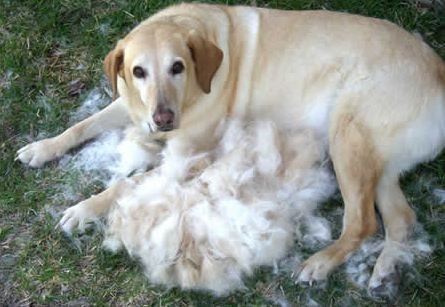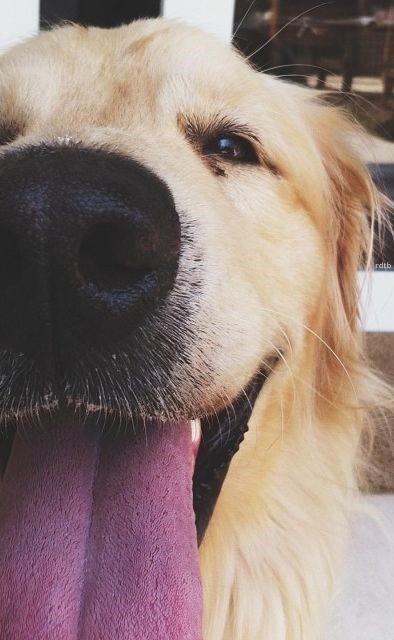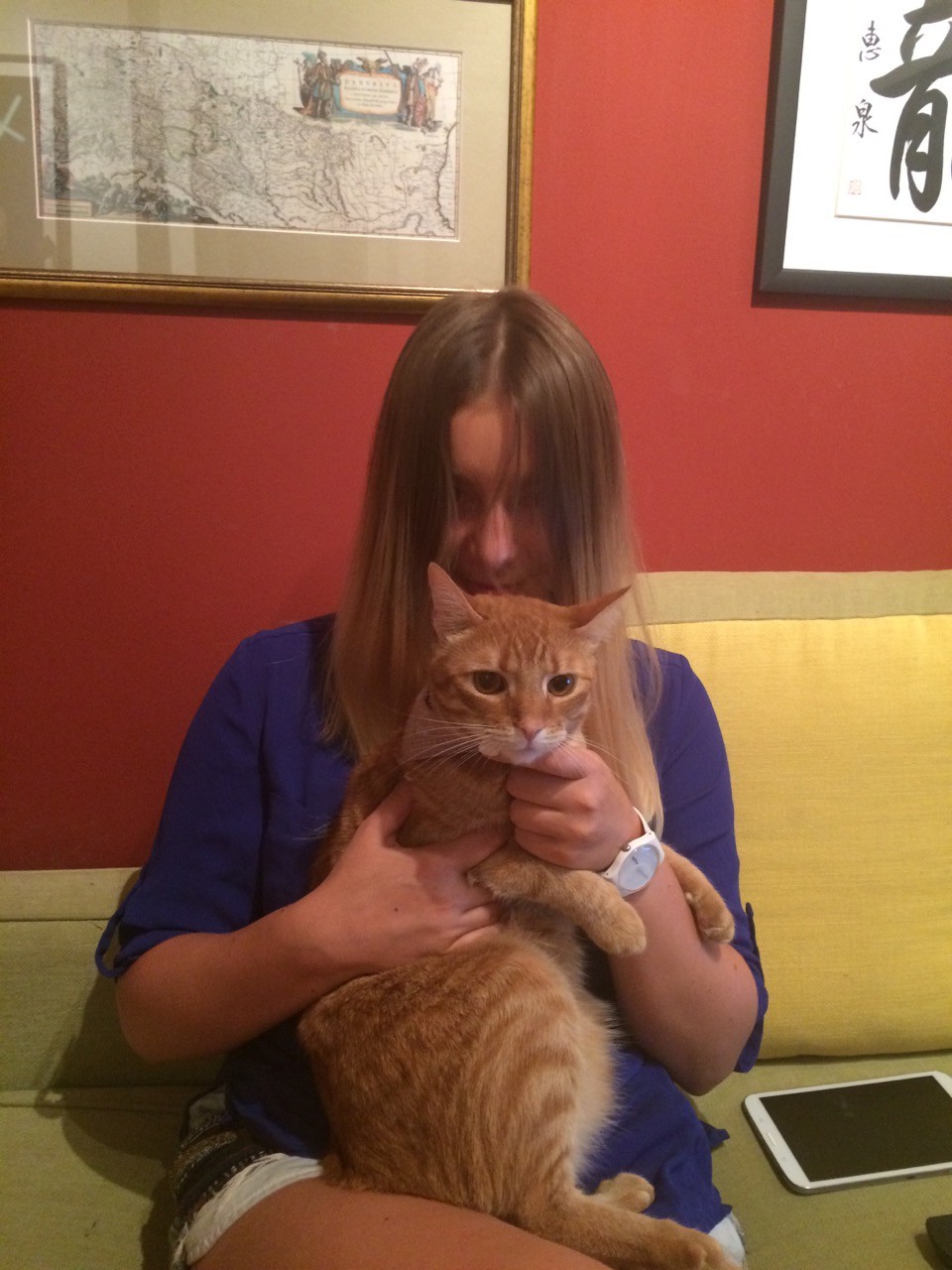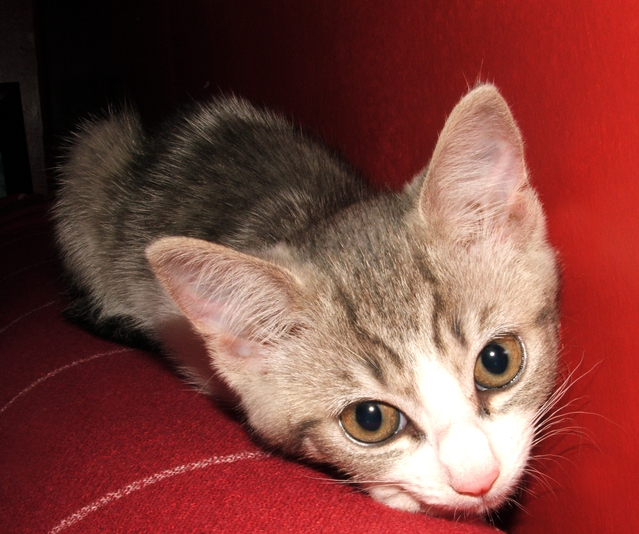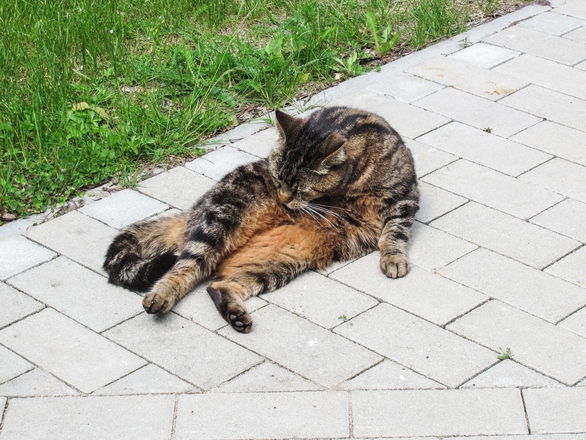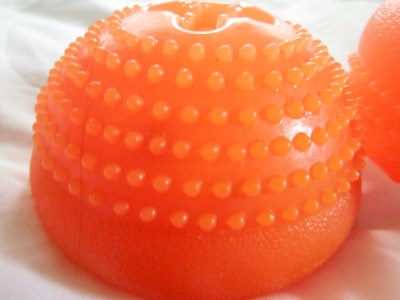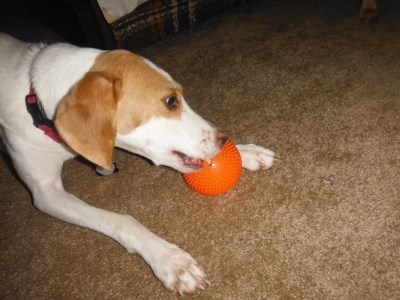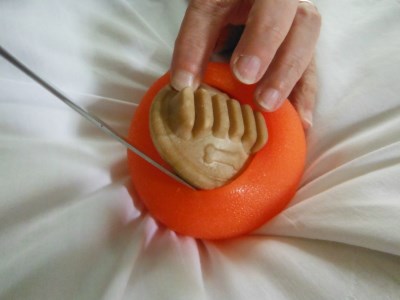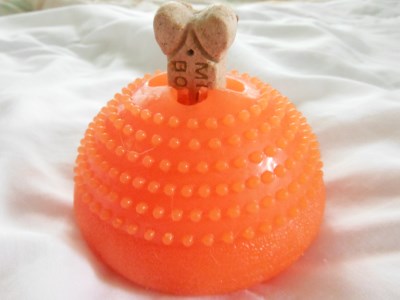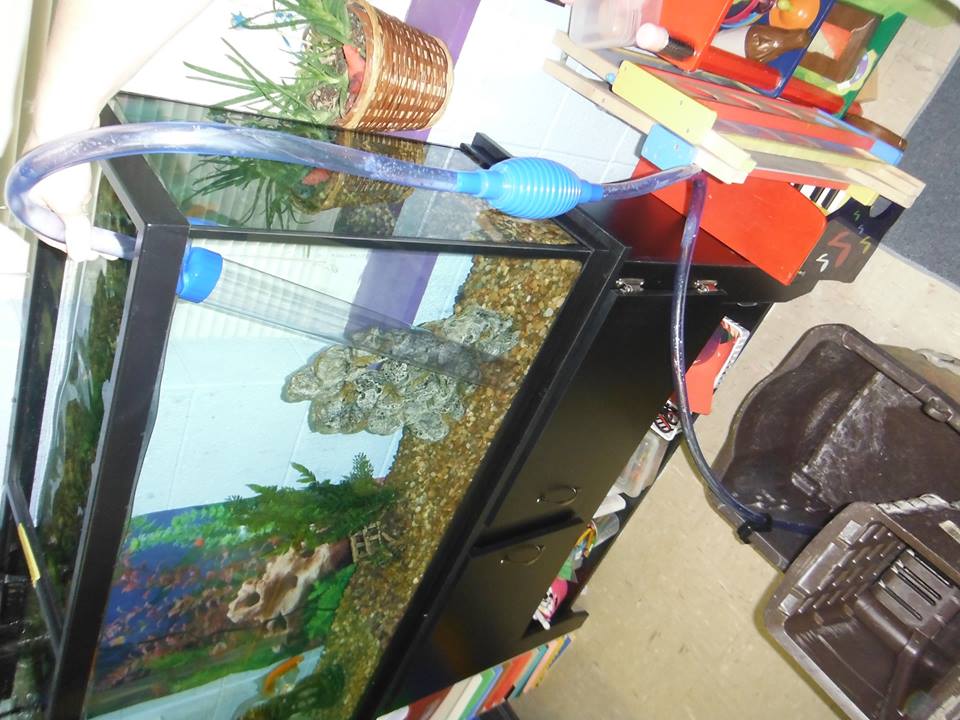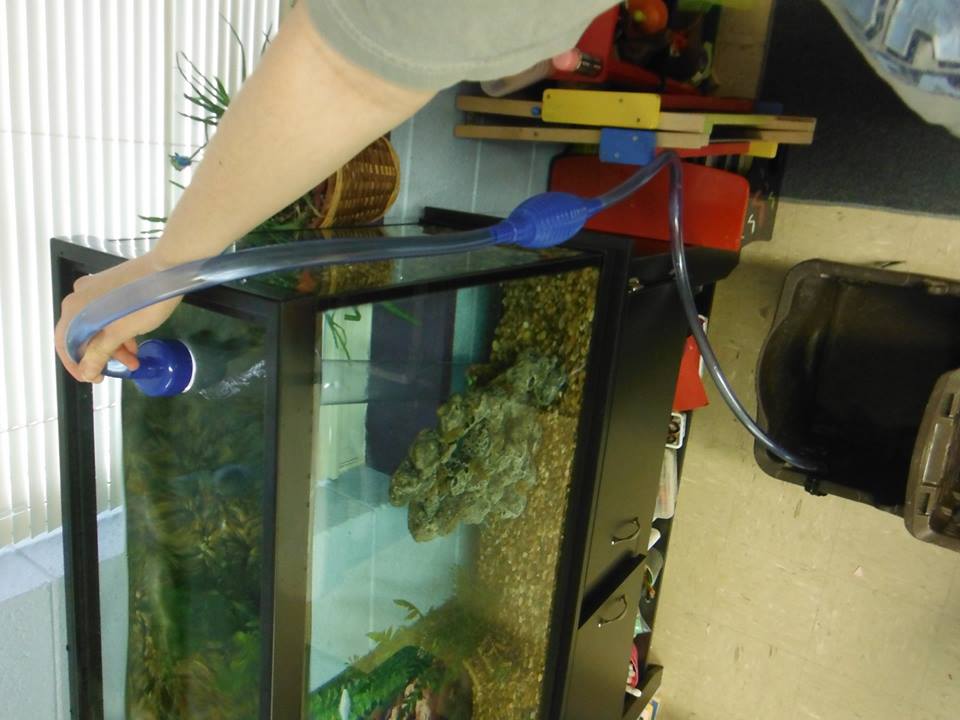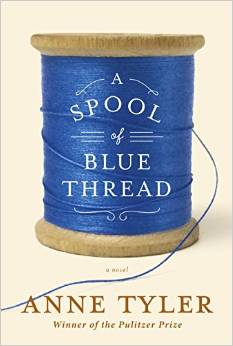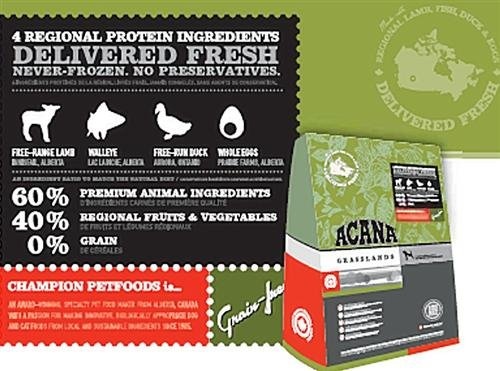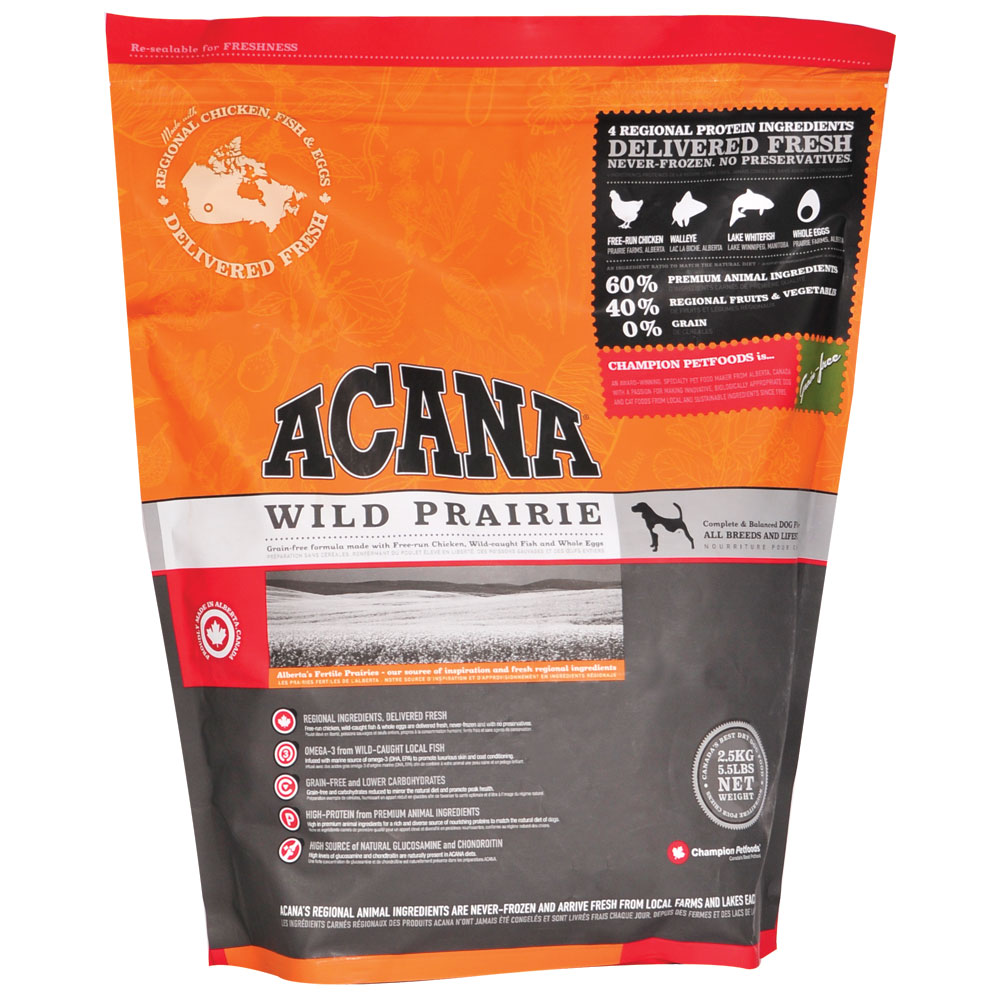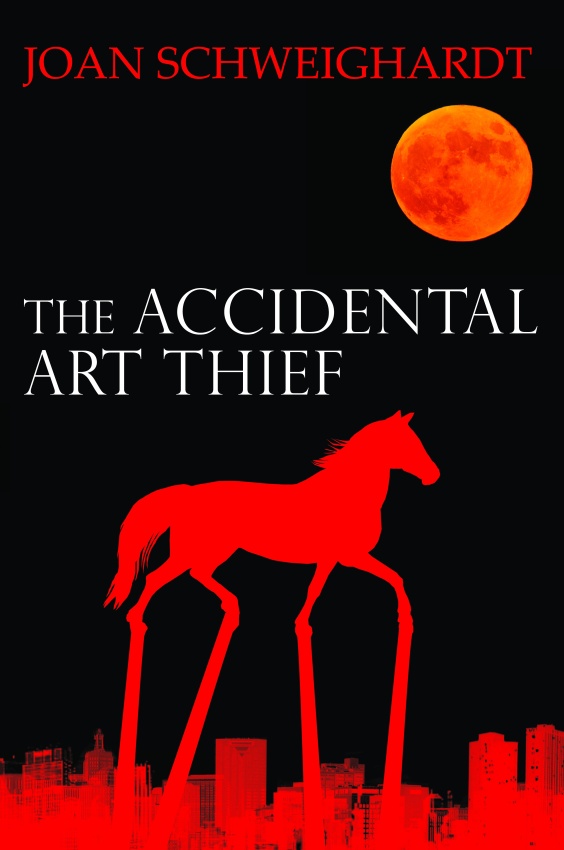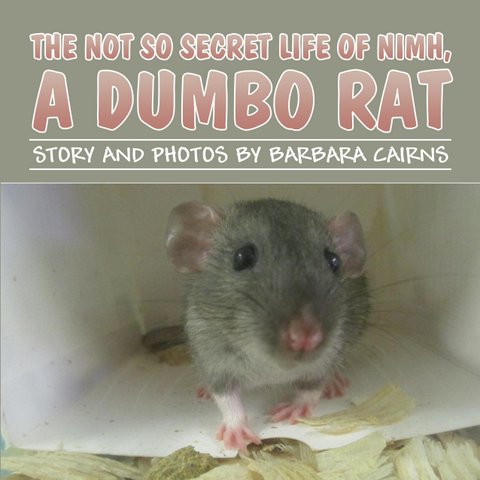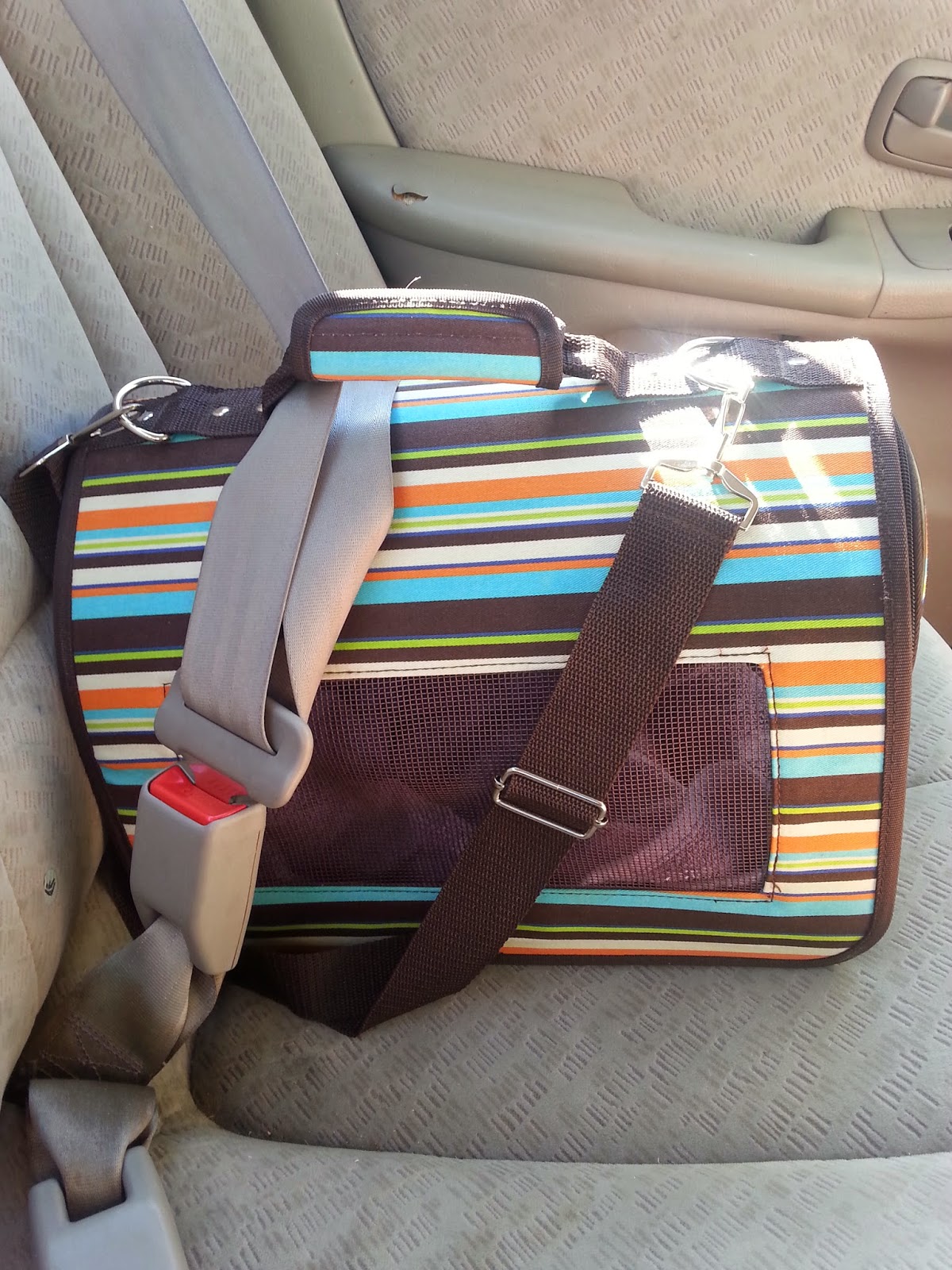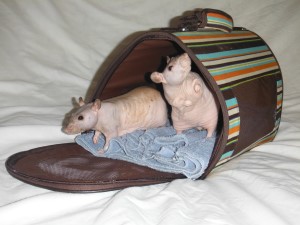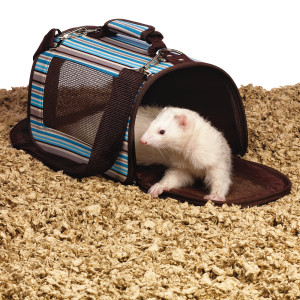Around Memorial Day, I wrote an article about Staff Sergeant Reckless, a horse who served our nation as a Marine in the Korean War. I had next expected that I would write about another animal that had served. There are certainly a plethora of “soldier animal” stories in print these days, and I had a few in mind, but wasn’t really sure how to pick between them. My mind was completely changed when I went to the library and searched with the keywords “soldier” and “dog.” At the top of the choices available was a children’s picture book, which came as a total surprise to me, since it is often hard to find a book for young readers that deals honestly and specifically with Veterans’ issues. I was instantly curious and scrolled down to see more. Listed with the children’s book was a book by the same author, with the same dog on the cover.
A story that both adults AND children could read? As I am a preschool teacher and an avid reader, this was not an opportunity that I was going to pass up. Once I had both in my hands, I devoured them. In fact, I finished the children’s book instantly and found it so perfect that I immediately incorporated it into the day’s lesson plan.
The two books, Tuesday Tucks Me In and Until Tuesday, are both about Luis Carlos Montalván, who has written the story of his life before and after being partnered with a service dog named Tuesday. Montalván was a Captain in the U.S. Army and served two tours in the Iraq War, where he was attacked. He now lives with the pain and disability of both a traumatic brain injury and the damage to his spine that resulted from the incident. He also lives with something that we are hearing more about in these times of modern warfare; post traumatic stress disorder, or PTSD.

Tuesday helps Luis on a crowded subway. Image by Don Dion, from the book Tuesday Tucks Me In
As someone with both family members and family friends who have served in different divisions of the U.S. Armed Forces during various conflicts in history, I am always proud to share the story of a soldier who has served our country. Anyone who is brave enough to put on a uniform and risk life and limb so that their fellow countrymen can stay at home and dither about what to watch on Netflix deserves more respect than I feel I can ever give. There is more bravery in that sacrifice than I could ever hope to have. When most people hear that I teach preschool, they usually say, “I don’t know how you do it.” Well soldiers, that is nothing compared to what you have given us and I couldn’t ever imagine being in your shoes. I honestly do not know how YOU do it, especially after having such a clear picture painted to me of the post war struggles that you face.
I have always known that life in the military is not as glorious as people believe, but reading Montalván’s story in his own words was somehow eye opening, even when I knew the system was letting our soldiers down and that civilians had little understanding of the types of mental and physical wounds of which our wounded warriors suffer.. There is a natural way in which he writes that warms and welcomes you. It is so natural that I almost wrote, “HEARING Montalván’s story,” in the line above. Sitting here, writing up my thoughts and feelings after desperately gobbling up every word in the book, I honestly felt as if I had been sitting somewhere listening to him tell what happened instead of rapidly turning pages like a mad addict, unable to put down the book until the very end. Even now that I’m finished I can’t put it down and have been taking both books with me everywhere I go to show off to other people.
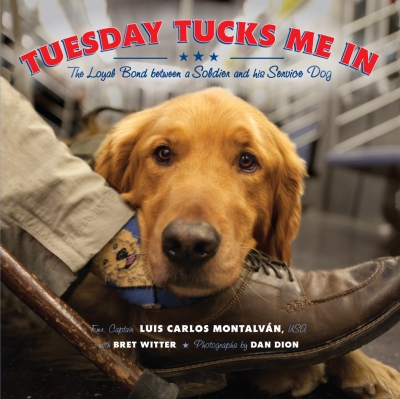
Tuesday Tucks Me In, a children’s story by Luis Montalván, pictures by Dan Dion
Tuesday Tucks Me In
When you see an adult story that has also been written for young readers, there is generally a large gap in the type of storytelling that is used. Grown people tend to get the whole picture, while children get only a tiny glimpse of it because the author is using simple ideas and leaving out a lot of what it was that made the adults fall in love with the words written for them. I was totally astounded at Montalván’s ability to incorporate EVERY aspect of the adult book into the children’s version. Never before have I seen such a perfect merging of story, image, and information for children to experience. No, he doesn’t describe memories in exact detail the way he does for the adults, but he tells children that he has “daytime nightmares” which make him nervous about going places where there are loud noises or sudden movements. He talks about taking Tuesday to the Veteran’s hospital and even describes how Tuesday watches the trains go by in the subway station, covering each of those things in both books.
Every word Montalván uses in Tuesday Tucks Me In, relates perfectly to the children that hear his words and when you combine this storytelling with the emotional photography, every aspect of what the adults know is somehow set out for younger minds to experience. I don’t even know that I can properly describe how this works, but I know that I have pointed every parent I know to this story and then told them to get both books so they can read Until Tuesday after they read Tuesday Tucks Me In to their children.
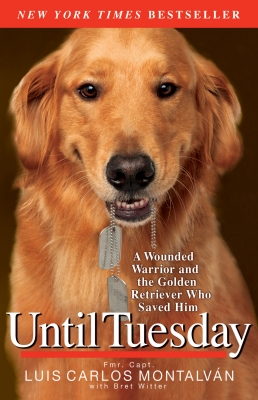
Until Tuesday, by Luis Montalván
Until Tuesday
Until Tuesday is the perfect companion to the children’s book… or is it that the children’s book is the perfect companion for Until Tuesday? Either way, I said this above, and I will say it again — get both and read both because I could not imagine having one without the other, especially if you are the type of parent and/or teacher who likes to discuss books with children while you read or after you are finished.
Montalván’s story hits the adult world in a deeply personal way. On some level, we all know the feelings of inadequateness that he expresses when his inabilities confine him; we all know the worry of going on a first date, and the struggles of moving to a new neighborhood. The difference between the way ordinary people experience these feelings and what someone with PTSD goes through is made crystal clear with every turn of the page. I know people with PTSD and have some understanding of what it is like to live with the condition. I have felt the sorrows of those who have had to listen to someone tell them this was not a real illness or it was something they were using as an excuse to be lazy, but I have never experienced first-hand the small, everyday things that change a sufferer’s life until I started reading about Montalván and Tuesday.
Just as he did with Tuesday Tucks Me In, Montalván manages to find exactly the words and storytelling technique that touches the hearts and minds of anyone reading. He gives us a background on Tuesday and he gives us a background on himself, before the lives of the soldier and the dog merge and the story changes from one of a desperate struggle to one of hope and understanding.
This isn’t just a story about a wounded soldier and his service dog, though Montalván also incorporates his experiences of being someone with a disability living in a world where no dogs are allowed to go. There are happy times, like the day when he AND Tuesday graduated from Columbia University, but there are difficult times when he and Tuesday were harassed by people who were maybe just trying to do their jobs, but were obviously ignorant of what having a service animal really means. This is a story of hope and determination. It contains elements of expectation, frustration and joy. Obviously, this is a book about a human who loves an animal, but it is also the story of an animal’s love for a human. I think though, that the most important thing to take away from reading Until Tuesday is the understanding of how necessary it is to give service animals to those suffering from PTSD, or for people with physical injuries that might not be obvious to someone passing by.
Montalván and Tuesday have taken up this role of education with excellence and perfection and I applaud them for finding a way through the difficult memories in order to teach those who will never be forced to experience the things former Captain Luis Carlos Montalván cannot escape. It is because of his service (and the service of every warrior) that I can sit here at my computer, typing up my praises for these books, and it is because of Tuesday that Montalván was able to write these books for us. I cannot imagine the pain that reliving these memories brought to the author, but I know that his dog was right there when needed, ready to be the calm spot in a chaotic storm during the process.
When I found these books, my original intention was to write about dogs who serve former soldiers, but having read Tuesday Tucks Me In and Until Tuesday I now know that there is no way that I could convey the experience of what it is like to have a dog like Tuesday when you need him the most. For this reason, I asked Luis Carlos Montalván to review this article for me. He provided me with that help and granted me permission to use the images you see here. I welcomed it all with open arms and a grateful heart.
Captain Montalván, I thank you for your service to our country.
Tuesday, I thank you for your service to he who needed and so deserved it.

Mirrani Houpe, our Small Animal Editor, has had rats since she took home her first little boy once they both completed the second grade. Since that time she has owned, rescued and bred many kinds of rats, from many backgrounds. She may not be a vet, psychology major, or scientist, but her babies have her very well trained when it comes to how to care for them. She is constantly working with her family’s veterinarian to come up with new and innovative ways to love and care for the most often misunderstood rodent in the pet world. You can e-mail her at mirrani@yourpetspace.info

